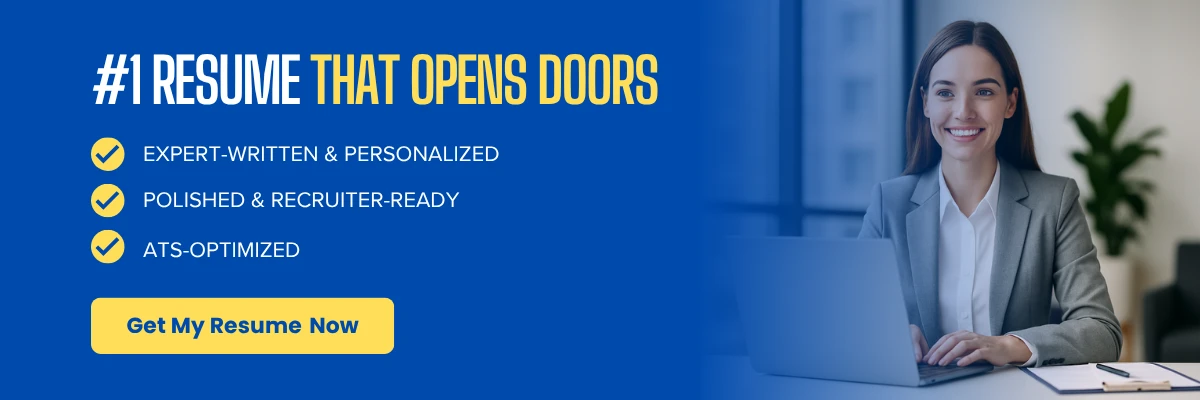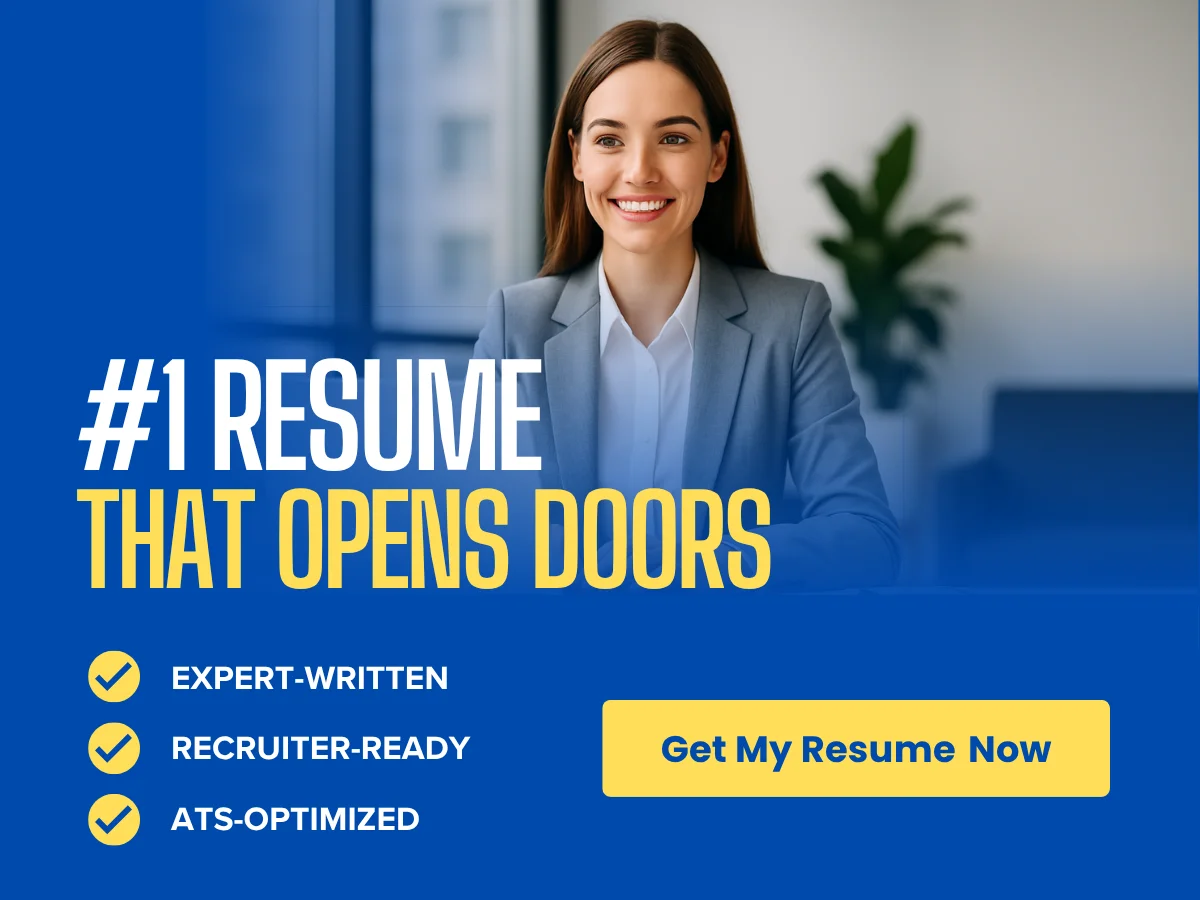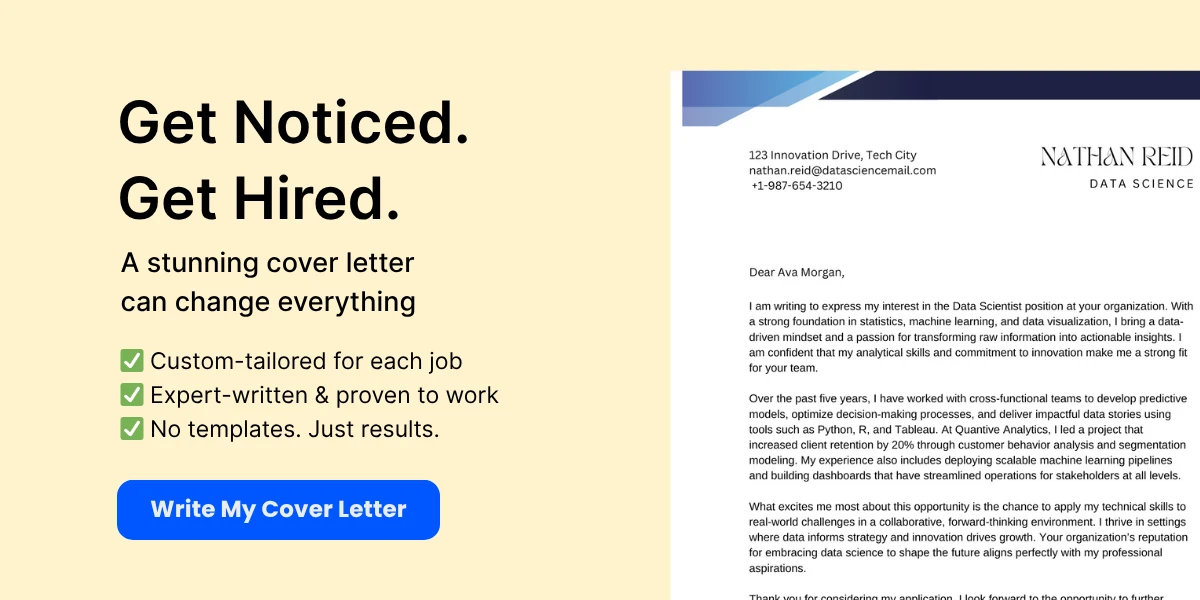After investing time and effort into preparing for and attending a job interview, it can be disheartening to find yourself in a state of limbo, waiting for a response that never seems to come. In today’s competitive job market, following up after an interview is not just a courtesy; it’s a crucial step in the job search process. Understanding how to navigate this uncertain territory can make all the difference in your pursuit of the perfect position.
In this article, we will explore the importance of following up after an interview, shedding light on why many candidates receive no response. We’ll discuss common reasons for this silence, from hiring timelines to internal processes, and help you set realistic expectations for your follow-up efforts. By the end, you’ll be equipped with practical strategies to effectively reach out to potential employers, ensuring you remain top of mind and demonstrating your continued interest in the role.
Whether you’re a seasoned professional or a recent graduate, mastering the art of the follow-up can enhance your job search experience and potentially open doors to new opportunities. Let’s dive in and empower you to take the next steps with confidence!
Preparing to Follow Up
After an interview, the waiting game can be one of the most challenging aspects of the job search process. You may find yourself checking your email repeatedly, hoping for a response. However, before you dive into the follow-up process, it’s essential to prepare adequately. This preparation can significantly impact the effectiveness of your follow-up communication. We will explore three critical components of preparing to follow up: reviewing the interview details, gathering contact information, and timing your follow-up.
Reviewing the Interview Details
Before reaching out to the interviewer or hiring manager, take some time to reflect on the interview itself. Reviewing the details can help you craft a more personalized and relevant follow-up message. Here are some key aspects to consider:

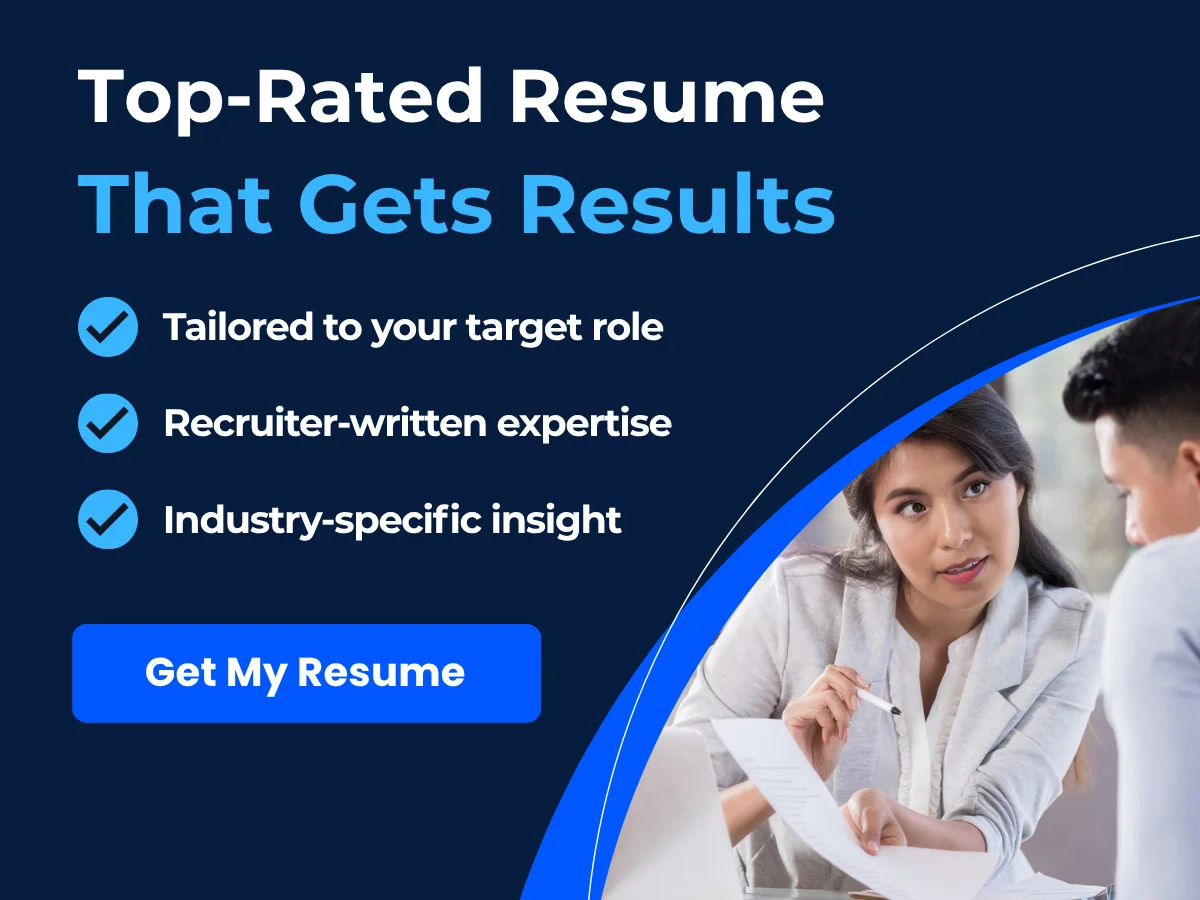
- Key Discussion Points: Recall the main topics discussed during the interview. What were the specific questions asked? What were your responses? Did the interviewer share any insights about the company or the role that stood out to you? Jotting down these points can help you reference them in your follow-up, demonstrating your attentiveness and engagement.
- Company Culture and Values: Reflect on any comments made about the company culture or values. If the interviewer mentioned a commitment to innovation, for example, you could highlight how your skills align with that value in your follow-up message.
- Next Steps Discussed: If the interviewer provided a timeline for the next steps in the hiring process, make a note of it. This information will guide your follow-up timing and help you avoid reaching out too soon.
By reviewing these details, you can create a follow-up message that is not only thoughtful but also tailored to the specific conversation you had. For instance, if you discussed a particular project during the interview, you might mention it in your follow-up to reinforce your interest and suitability for the role.
Gathering Contact Information
Once you have reviewed the interview details, the next step is to gather the necessary contact information. This may seem straightforward, but it’s crucial to ensure you are reaching out to the right person and using the correct channels. Here’s how to go about it:
- Identify the Right Contact: Typically, you will want to follow up with the person who interviewed you. If you had multiple interviewers, consider reaching out to the primary interviewer or the hiring manager. If you are unsure, you can refer to any business cards you received or check the company’s website for the appropriate contact.
- Use Professional Channels: Email is usually the best method for following up after an interview. Ensure you have the correct email address, which may have been provided during the interview or found on the company’s website. Avoid using social media platforms for professional follow-ups unless you have established a rapport with the interviewer on those platforms.
- Double-Check Spelling and Titles: When addressing your follow-up message, make sure to spell the interviewer’s name correctly and use their appropriate title (e.g., Mr., Ms., Dr., etc.). This attention to detail reflects your professionalism and respect.
Gathering the right contact information ensures that your follow-up reaches the intended recipient, increasing the likelihood of a response. It also demonstrates your organizational skills and attention to detail, which are qualities that employers value.
Timing Your Follow-Up
Timing is a critical factor in the follow-up process. Sending your message too soon may come off as impatient, while waiting too long could signal a lack of interest. Here are some guidelines to help you determine the best timing for your follow-up:
- Wait for the Specified Timeline: If the interviewer provided a specific timeline for when you could expect to hear back, respect that timeframe. For example, if they mentioned that they would make a decision within two weeks, wait until that period has passed before following up.
- General Rule of Thumb: If no timeline was provided, a good rule of thumb is to wait about one week after the interview before sending your follow-up email. This gives the hiring team time to review candidates and make decisions while still keeping you fresh in their minds.
- Consider the Company’s Hiring Process: Some companies have longer hiring processes than others. If you are interviewing with a large organization or a company known for its lengthy hiring procedures, you may want to extend your waiting period to ten days or even two weeks.
- Be Mindful of Holidays and Weekends: If your interview occurred just before a holiday or weekend, consider waiting until the following week to follow up. This ensures that your message is received when the interviewer is back in the office and can give it the attention it deserves.
In your follow-up message, be polite and express your continued interest in the position. A simple statement like, “I wanted to follow up regarding my interview on June 30, 2025 for the [position] role,” can set the tone for a professional and courteous communication.
Preparing to follow up after an interview involves a thoughtful review of the interview details, gathering the correct contact information, and timing your follow-up appropriately. By taking these steps, you can enhance your chances of receiving a response and demonstrate your professionalism and enthusiasm for the position.

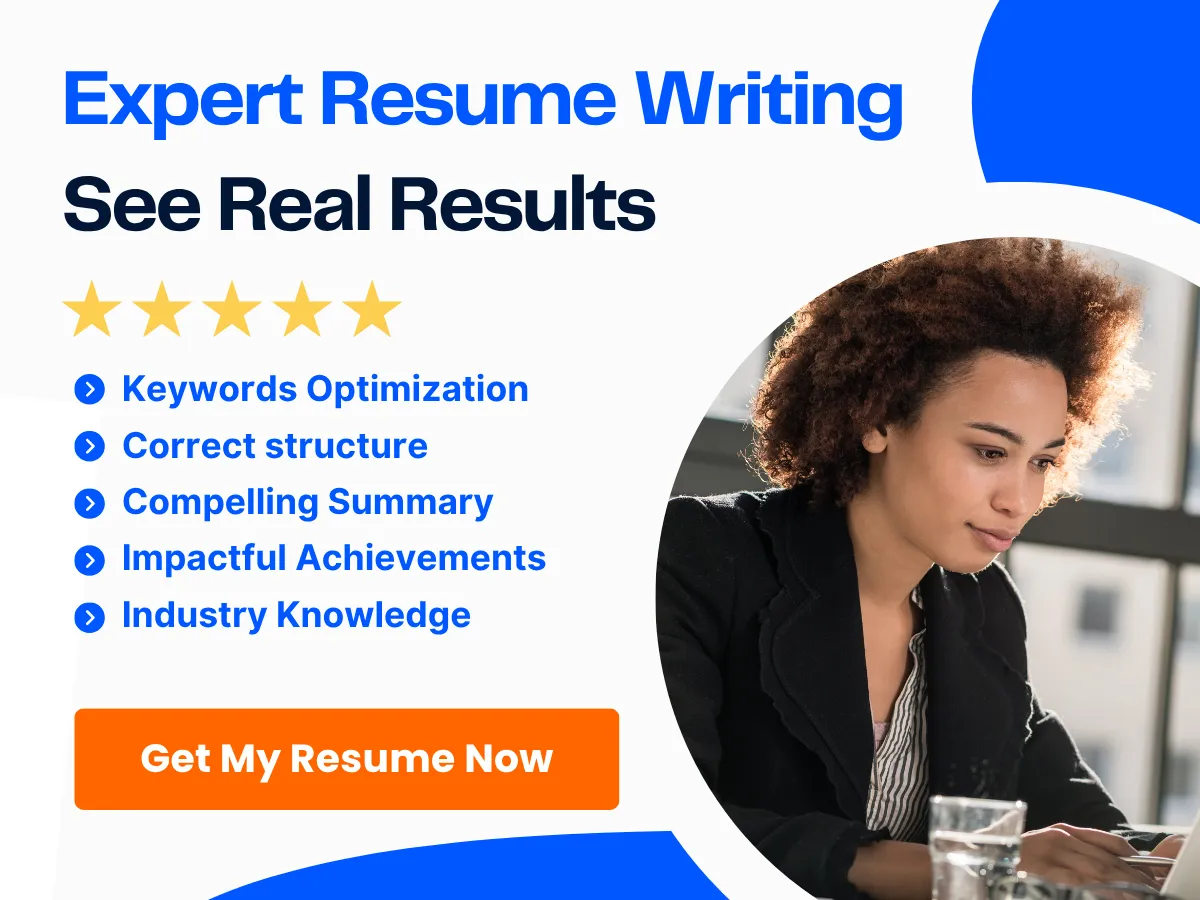
Crafting the Perfect Follow-Up Email
After an interview, it’s common to feel a mix of excitement and anxiety as you await a response. If you find yourself in a situation where you haven’t heard back from the employer, sending a follow-up email can be a strategic move. A well-crafted follow-up email not only demonstrates your professionalism but also reinforces your interest in the position. Below, we’ll explore the essential components of an effective follow-up email, including tips on subject lines, openings, body content, and closings, along with sample templates to guide you.
Subject Line: Grabbing Attention
The subject line of your follow-up email is your first opportunity to make an impression. It should be concise yet informative, clearly indicating the purpose of your message. Here are some tips for crafting an effective subject line:
- Be Direct: Use straightforward language that reflects the content of your email. For example, “Follow-Up on Interview for [Job Title]” is clear and to the point.
- Include the Date: Adding the date of your interview can help the recipient quickly recall your meeting. For instance, “Follow-Up on [Job Title] Interview – [Date].”
- Keep It Professional: Avoid using overly casual language or emojis. Your subject line should reflect the professional nature of your communication.
Example subject lines:
- “Thank You for the Opportunity – [Your Name]”
- “Following Up on My Interview for [Job Title]”
- “Appreciation for the Interview – [Your Name]”
Opening: Expressing Gratitude
The opening of your follow-up email sets the tone for the rest of your message. Start by expressing gratitude for the opportunity to interview. This not only shows your appreciation but also reinforces a positive impression of you as a candidate. Here are some tips for crafting your opening:
- Be Sincere: A genuine expression of thanks can go a long way. Mention something specific from the interview that you appreciated, such as the insights shared by the interviewer or the company culture discussed.
- Keep It Brief: While it’s important to express gratitude, keep this section concise. You want to get to the point without overwhelming the reader.
Example opening lines:

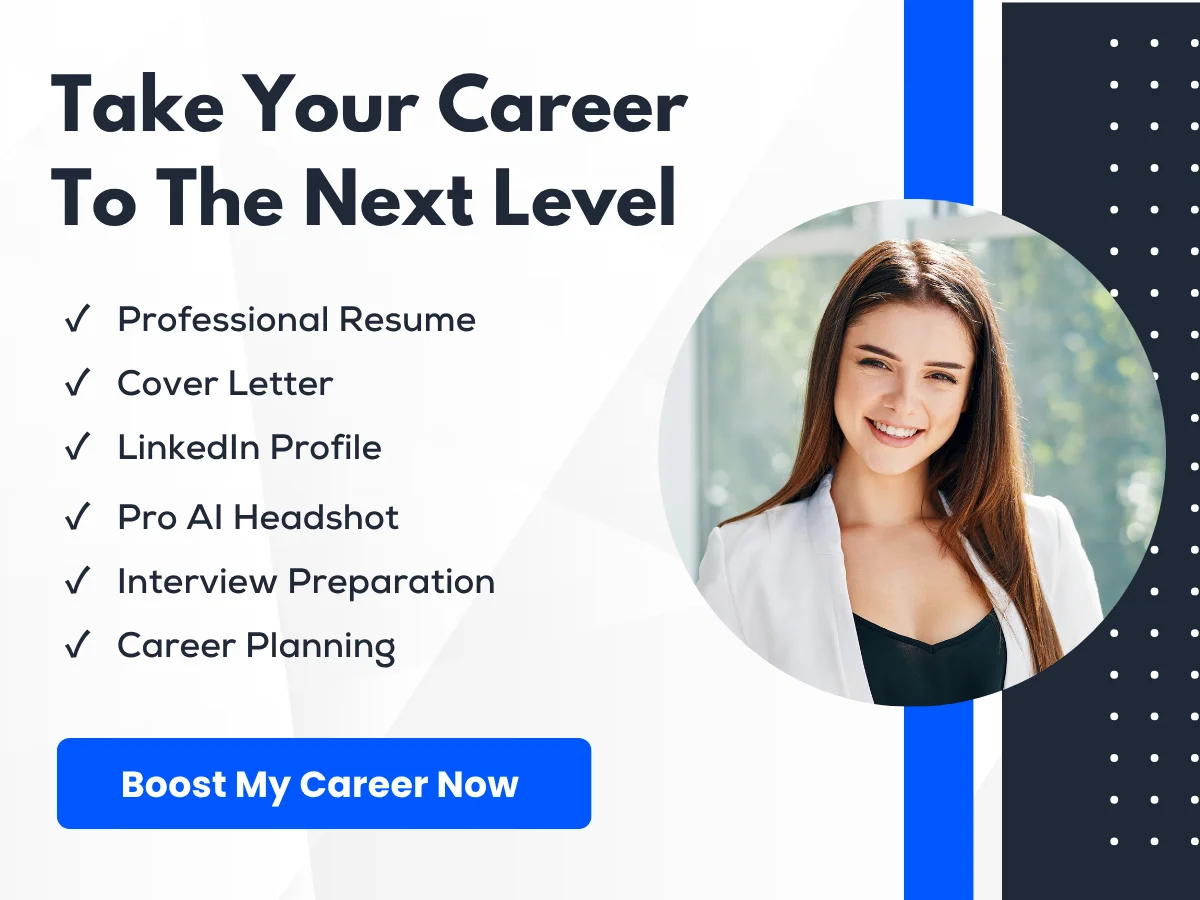
- “Thank you for the opportunity to interview for the [Job Title] position on [Date]. I enjoyed our conversation and learning more about [Company Name].”
- “I appreciate the time you took to meet with me and discuss the [Job Title] role. It was a pleasure to learn more about the exciting projects at [Company Name].”
Body: Reiterating Interest and Fit
In the body of your email, you should reiterate your interest in the position and highlight why you believe you are a good fit for the role. This is your chance to remind the interviewer of your qualifications and how they align with the company’s needs. Here are some strategies to consider:
- Reference Key Points: Mention specific topics discussed during the interview that resonated with you. This shows that you were engaged and are genuinely interested in the role.
- Highlight Your Skills: Briefly reiterate your relevant skills and experiences that make you a strong candidate. Use this opportunity to connect your qualifications to the company’s goals or challenges.
- Show Enthusiasm: Convey your excitement about the possibility of joining the team. A positive tone can leave a lasting impression.
Example body content:
“I am very excited about the opportunity to join [Company Name] as a [Job Title]. I believe my experience in [specific skill or experience] aligns well with the team’s goals, especially in light of our discussion about [specific project or challenge]. I am particularly drawn to [specific aspect of the company or role], and I am eager to contribute my skills to help achieve [specific goal].”
Closing: Encouraging a Response
In your closing, it’s important to encourage a response while maintaining a professional tone. You want to express your eagerness to hear back without coming across as pushy. Here are some tips for crafting an effective closing:
- Invite Further Discussion: Encourage the interviewer to reach out if they have any further questions or need additional information.
- Express Anticipation: Let them know you look forward to hearing from them, which reinforces your interest in the position.
- Thank Again: A final note of thanks can leave a positive impression.
Example closing lines:
- “Thank you once again for the opportunity. I look forward to the possibility of working together and contributing to [Company Name]. Please feel free to reach out if you need any more information from my side.”
- “I appreciate your consideration and look forward to your response. Thank you for your time!”
Sample Follow-Up Email Templates
To help you get started, here are a few sample follow-up email templates that you can customize based on your interview experience:
Template 1: General Follow-Up
Subject: Thank You for the Opportunity – [Your Name] Dear [Interviewer's Name], Thank you for the opportunity to interview for the [Job Title] position on [Date]. I enjoyed our conversation and learning more about [Company Name] and the exciting projects your team is working on. I am very enthusiastic about the possibility of joining [Company Name] and contributing to [specific project or goal discussed]. I believe my experience in [specific skill or experience] aligns well with the team’s objectives. Please let me know if you need any more information from my side. I look forward to hearing from you soon. Thank you once again for your time! Best regards, [Your Name] [Your LinkedIn Profile] (if applicable) [Your Phone Number]
Template 2: Follow-Up After a Second Interview
Subject: Following Up on My Interview for [Job Title] Dear [Interviewer's Name], I hope this message finds you well. I wanted to take a moment to thank you for the opportunity to interview for the [Job Title] position for the second time on [Date]. It was a pleasure to meet with you and the team again. I am even more excited about the possibility of joining [Company Name] and contributing to [specific project or goal discussed]. I believe my background in [specific skill or experience] would be a great fit for your team. If there are any further questions or if you need additional information, please don’t hesitate to reach out. I look forward to your response. Thank you once again for your consideration. Warm regards, [Your Name] [Your LinkedIn Profile] (if applicable) [Your Phone Number]
By following these guidelines and utilizing the provided templates, you can craft a follow-up email that not only expresses your gratitude but also reinforces your candidacy for the position. Remember, the goal is to maintain a professional tone while showcasing your enthusiasm and fit for the role. Good luck!


Alternative Follow-Up Methods
After an interview, waiting for a response can be one of the most nerve-wracking experiences in the job search process. While sending a follow-up email is the most common approach, there are several alternative methods you can employ to demonstrate your continued interest in the position and keep your name fresh in the interviewer’s mind. We will explore three effective alternative follow-up methods: phone calls, LinkedIn messages, and handwritten notes.
Phone Calls: When and How to Use Them
Phone calls can be a powerful tool in your follow-up strategy, but they should be used judiciously. A well-timed call can convey your enthusiasm for the position and provide an opportunity for direct communication. However, it’s essential to know when and how to make that call.
When to Call
Timing is crucial when it comes to follow-up phone calls. Here are some guidelines to help you determine the right moment:
- Wait a Week: If you haven’t heard back within a week of your interview, it’s generally acceptable to make a follow-up call. This gives the employer enough time to review candidates and make decisions.
- Consider the Timeline: If the interviewer provided a specific timeline for when they would be making a decision, wait until that period has passed before reaching out.
- Be Mindful of the Day: Avoid calling on Mondays or Fridays, as these days can be particularly busy or slow for many professionals. Mid-week is often the best time to reach out.
How to Make the Call
When you decide to make the call, preparation is key. Here are some steps to ensure your call is effective:
- Prepare Your Script: Write down key points you want to cover during the call. This can include expressing your gratitude for the interview, reiterating your interest in the position, and asking if there are any updates on the hiring process.
- Practice Your Delivery: Rehearse what you plan to say to sound confident and articulate. You want to come across as professional and enthusiastic.
- Be Respectful of Their Time: When the call connects, start by asking if it’s a good time to talk. If they’re busy, offer to call back at a more convenient time.
- Keep It Brief: Respect their time by keeping the conversation concise. Aim for a 5-10 minute call, focusing on your main points.
Example of a Follow-Up Call Script:
“Hi [Interviewer’s Name], this is [Your Name]. I hope you’re doing well! I wanted to thank you again for the opportunity to interview for the [Job Title] position last week. I’m very excited about the possibility of joining [Company Name] and contributing to your team. I was wondering if there have been any updates regarding the hiring process?”
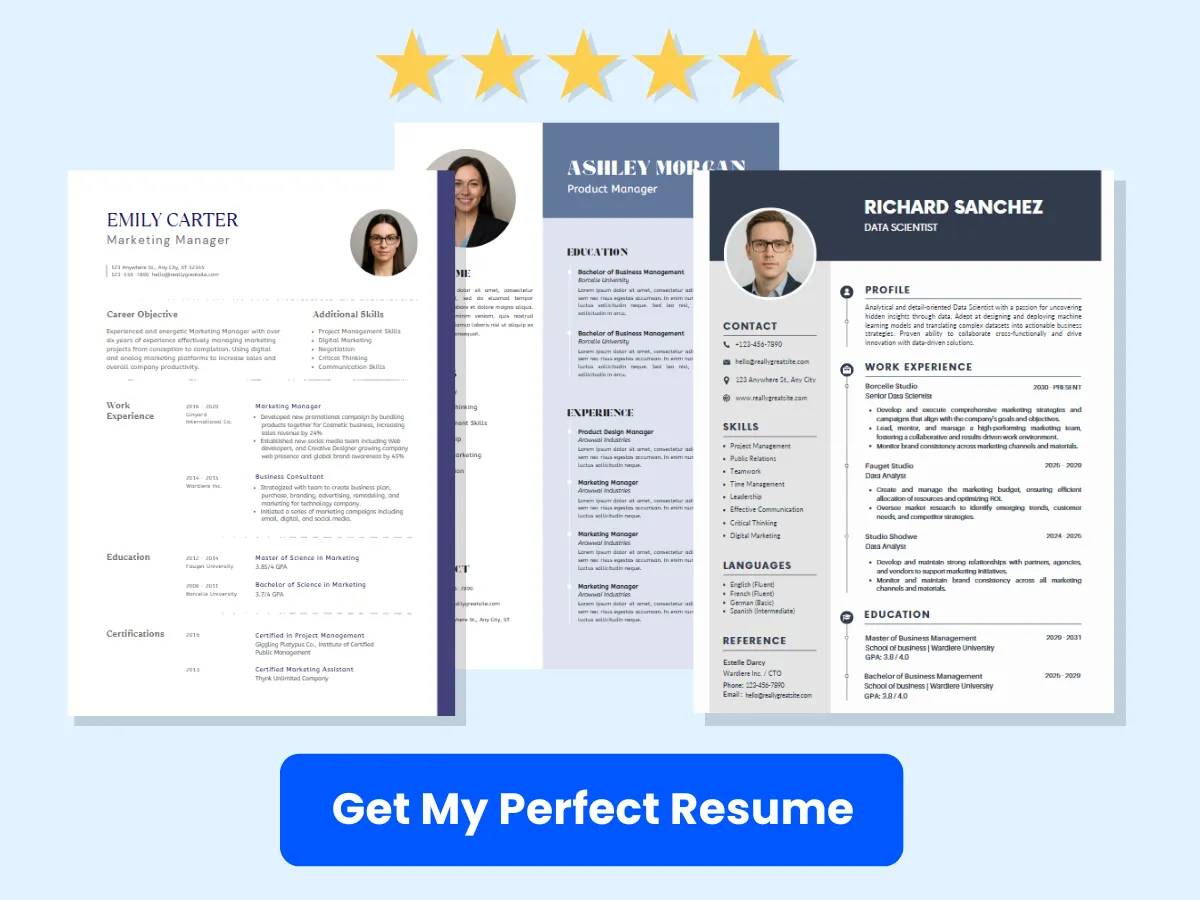
LinkedIn Messages: Professional Networking
LinkedIn is not just a platform for job searching; it’s also a valuable networking tool. Sending a follow-up message via LinkedIn can help you maintain a professional connection with your interviewer and keep you on their radar.
When to Use LinkedIn
LinkedIn messages can be particularly effective if:
- You Connected on LinkedIn: If you connected with your interviewer on LinkedIn before or after the interview, sending a message is a natural next step.
- You Want to Share Relevant Content: If you come across an article or resource that relates to your interview discussion or the company’s work, sharing it can add value to your message.
- You Want to Expand Your Network: If you’re interested in building a professional relationship beyond this particular job, a LinkedIn message can be a great way to express that interest.
How to Craft Your Message
When sending a LinkedIn message, keep it professional and concise. Here’s how to structure your message:
- Start with a Greeting: Address the interviewer by name to personalize your message.
- Express Gratitude: Thank them for the opportunity to interview and mention something specific you enjoyed discussing.
- Reiterate Your Interest: Briefly restate your enthusiasm for the position and the company.
- Invite Further Communication: Encourage them to reach out if they have any updates or if they’d like to connect further.
Example of a LinkedIn Follow-Up Message:
“Hi [Interviewer’s Name], I hope you’re having a great week! I wanted to thank you again for the insightful conversation we had during my interview for the [Job Title] position. I’m very excited about the opportunity to contribute to [Company Name] and would love to stay in touch. If there are any updates regarding the hiring process, please feel free to let me know. Thank you!”
Handwritten Notes: Adding a Personal Touch
In an age dominated by digital communication, a handwritten note can stand out and leave a lasting impression. This personal touch can convey your appreciation and professionalism in a way that emails and messages cannot.

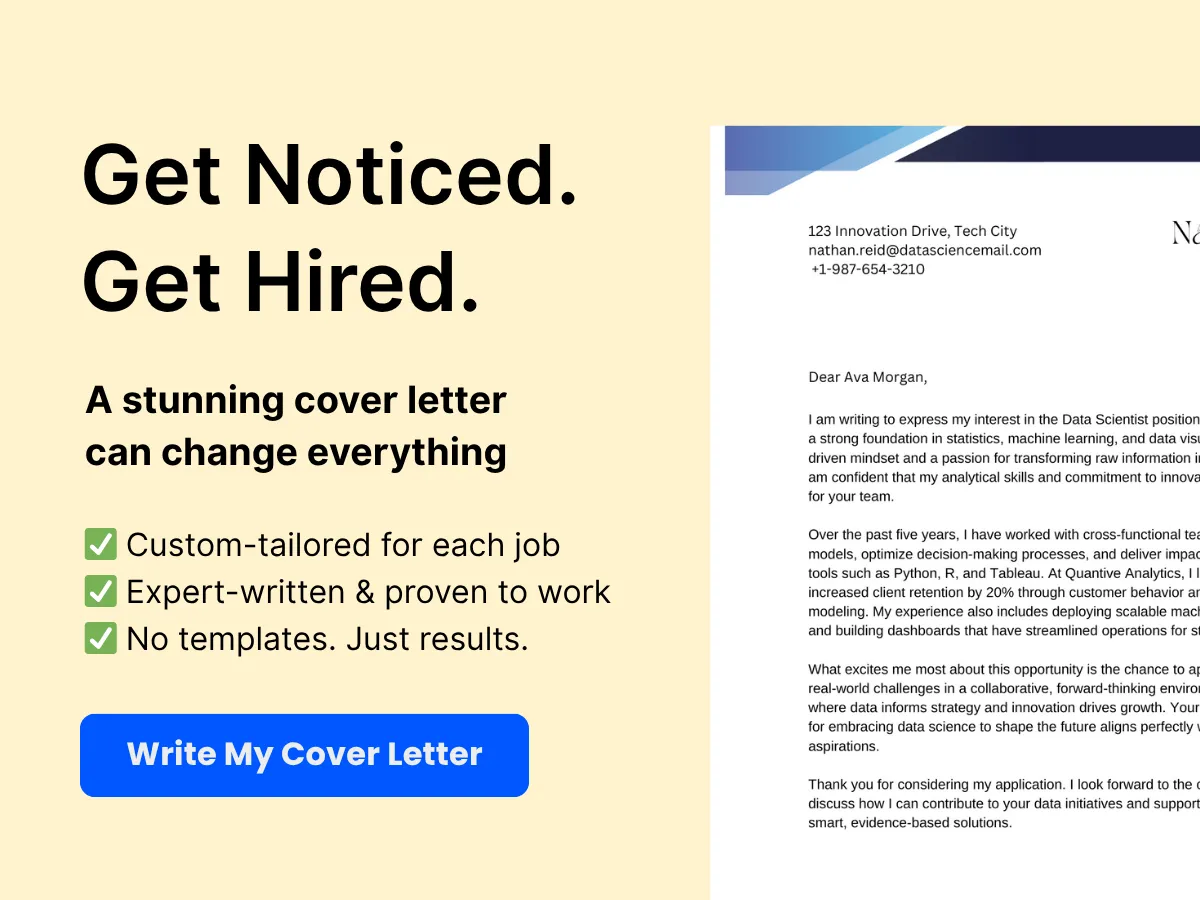
When to Send a Handwritten Note
Consider sending a handwritten note if:
- You Want to Stand Out: A handwritten note can differentiate you from other candidates who may only send emails.
- You Had a Positive Connection: If you felt a strong rapport with the interviewer, a handwritten note can reinforce that connection.
- You Want to Express Gratitude: If the interviewer went above and beyond to make you feel welcome or provided valuable insights, a handwritten note is a thoughtful way to express your appreciation.
How to Write Your Note
Writing a handwritten note requires a bit of thoughtfulness. Here’s how to craft an effective note:
- Choose Quality Stationery: Use a clean, professional-looking card or stationery. Avoid anything too casual or overly decorative.
- Be Personal: Start with a warm greeting and address the interviewer by name. Mention specific details from your conversation to make it personal.
- Express Your Gratitude: Thank them for their time and the opportunity to interview. Highlight what you appreciated about the interview process.
- Reiterate Your Interest: Briefly mention your enthusiasm for the position and the company.
- Close Professionally: End with a polite closing, such as “Sincerely” or “Best regards,” followed by your name.
Example of a Handwritten Note:
Dear [Interviewer’s Name],
Thank you so much for the opportunity to interview for the [Job Title] position. I truly enjoyed our conversation and learning more about the innovative projects at [Company Name]. I am very excited about the possibility of contributing to your team and hope to hear from you soon regarding the next steps in the hiring process.
Best regards,
[Your Name]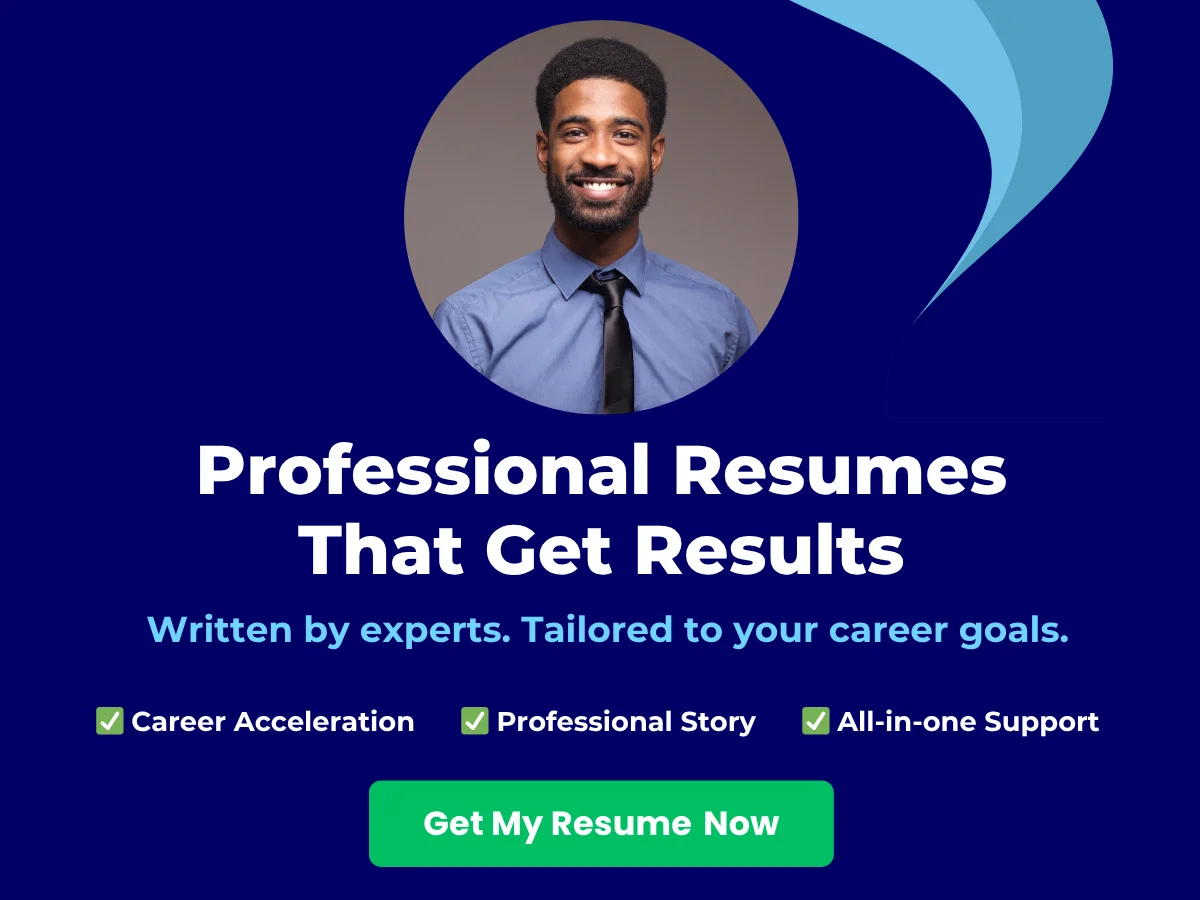
While waiting for a response after an interview can be challenging, utilizing alternative follow-up methods such as phone calls, LinkedIn messages, and handwritten notes can enhance your chances of making a positive impression. Each method has its own advantages and can be tailored to fit your personal style and the nature of your interaction with the interviewer. By being proactive and thoughtful in your follow-up approach, you can reinforce your interest in the position and keep the lines of communication open.
What to Do If There’s Still No Response
Exploring Potential Reasons for Silence
After an interview, it’s common to feel a mix of excitement and anxiety as you await a response. However, if the silence stretches on longer than expected, it can lead to frustration and uncertainty. Understanding the potential reasons behind this lack of communication can help you navigate your next steps more effectively.
There are several factors that might contribute to a delayed response:
- Internal Processes: Many companies have structured hiring processes that involve multiple stages of approval. After interviews, candidates may need to wait for feedback from various stakeholders, including HR, hiring managers, and even upper management. This can lead to delays, especially in larger organizations.
- High Volume of Candidates: If the company is interviewing multiple candidates for the same position, it may take time to evaluate each one thoroughly. This is particularly true in competitive job markets where employers receive a large number of applications.
- Changes in Company Priorities: Sometimes, internal changes such as budget cuts, restructuring, or shifts in project priorities can affect hiring timelines. If the company decides to pause hiring for any reason, it may leave candidates in limbo.
- Communication Gaps: Occasionally, the lack of response may simply be due to miscommunication or oversight. Emails can get lost in spam folders, or hiring managers may forget to follow up with candidates.
- Candidate Evaluation: The interview process often involves assessing not just qualifications but also cultural fit. If the hiring team is deliberating on how well you align with the company’s values and team dynamics, this can prolong the decision-making process.
Recognizing these potential reasons can help you maintain perspective and avoid jumping to conclusions about your candidacy. It’s essential to remember that silence does not necessarily equate to rejection.
Evaluating Your Options: Persistence vs. Patience
When faced with a lack of response after an interview, you may find yourself torn between two approaches: being persistent in your follow-ups or exercising patience. Both strategies have their merits, and the right choice often depends on the context of your situation.
Persistence: The Case for Follow-Up
Following up after an interview is not only acceptable but often expected. A well-timed follow-up can demonstrate your enthusiasm for the position and reinforce your interest in the company. Here are some guidelines for effective follow-up:
- Timing: If you haven’t heard back within the timeframe mentioned during the interview, it’s appropriate to send a follow-up email. A good rule of thumb is to wait about one week after the expected response date before reaching out.
- Crafting Your Message: Your follow-up email should be concise and professional. Start by expressing gratitude for the opportunity to interview, reiterate your interest in the position, and politely inquire about the status of your application. For example:
Subject: Follow-Up on Interview for [Position Title]
Dear [Interviewer’s Name],
I hope this message finds you well. I wanted to take a moment to thank you once again for the opportunity to interview for the [Position Title] role at [Company Name]. I enjoyed our conversation and learning more about the exciting projects your team is working on.
I am very enthusiastic about the possibility of joining your team and contributing to [specific project or goal discussed in the interview]. If there are any updates regarding my application status, I would greatly appreciate your insight.
Thank you for your time, and I look forward to hearing from you soon.
Best regards,
[Your Name]
By following up, you not only keep your candidacy top of mind but also demonstrate your proactive nature—qualities that many employers value.
Patience: Knowing When to Hold Back
While persistence can be beneficial, there are times when patience is the better approach. If you’ve already sent a follow-up email and still haven’t received a response, it may be wise to step back for a while. Here are some considerations for exercising patience:
- Respecting the Hiring Process: Understand that hiring decisions can take time. If the company is still in the interview process with other candidates or is dealing with internal changes, it may be best to allow them the space to make their decision.
- Avoiding Overcommunication: Sending multiple follow-up emails in a short period can come across as desperate or pushy. It’s important to strike a balance between showing interest and respecting the hiring team’s time.
- Focusing on Other Opportunities: While you wait, consider exploring other job opportunities. This not only keeps you engaged in your job search but also helps alleviate the anxiety of waiting for a single response.
Ultimately, the decision to be persistent or patient should be guided by the specific context of your situation, including the company culture and the tone of your previous interactions.
When to Move On: Recognizing a Dead End
Despite your best efforts, there may come a time when it’s clear that a particular opportunity is no longer viable. Recognizing when to move on is crucial for maintaining your momentum in the job search process. Here are some signs that it may be time to let go:
- Extended Silence: If you’ve followed up multiple times over several weeks without any response, it may indicate that the company has moved on or that you are no longer being considered for the role.
- Shifts in Communication: If the tone of your previous communications has changed or if you’ve received vague responses, it may be a sign that the hiring team is no longer interested.
- New Opportunities Arise: If you receive an offer from another company or find a position that aligns better with your career goals, it’s wise to prioritize those opportunities over a stagnant application.
- Feedback from Your Network: Sometimes, reaching out to your professional network can provide insights into the company’s hiring status. If you hear that the position has been filled or that the company is no longer hiring, it’s time to move on.
Recognizing a dead end can be difficult, especially if you invested time and energy into the interview process. However, it’s essential to keep your job search moving forward. By letting go of unresponsive opportunities, you free yourself to pursue new paths that may lead to a more fulfilling career.
Navigating the silence after an interview can be challenging, but understanding the reasons behind it, evaluating your options for follow-up, and knowing when to move on can empower you in your job search. Remember, every experience is a learning opportunity, and the right position is out there waiting for you.
Maintaining Professionalism Throughout the Process
Avoiding Common Follow-Up Mistakes
Following up after an interview is a critical step in the job application process, but it can be fraught with pitfalls. To maintain professionalism, it’s essential to avoid common follow-up mistakes that could jeopardize your chances of landing the job. Here are some key missteps to steer clear of:
- Over-Communicating: One of the most common mistakes candidates make is following up too frequently. While it’s important to express your interest, bombarding the hiring manager with emails or calls can come off as desperate or pushy. A good rule of thumb is to wait at least a week after the interview before sending a follow-up email. If you still haven’t heard back after your first follow-up, consider waiting another week or two before reaching out again.
- Being Negative: If you’re feeling anxious about the lack of response, it can be tempting to express frustration in your follow-up communication. However, negativity can tarnish your professional image. Instead, focus on expressing gratitude for the opportunity and reiterating your interest in the position. For example, you might say, “I appreciate the chance to interview for the role and am excited about the possibility of joining your team.”
- Ignoring the Interview Timeline: If the interviewer provided a specific timeline for when candidates would be notified, respect that timeline. If they mentioned that decisions would be made in two weeks, don’t follow up after just a few days. This shows that you are attentive and respectful of their process.
- Using Generic Templates: While it’s tempting to use a one-size-fits-all template for your follow-up emails, this can come across as insincere. Tailor your message to reflect the specific conversation you had during the interview. Mention something unique that was discussed to demonstrate your engagement and interest.
- Neglecting to Proofread: Spelling and grammatical errors can undermine your professionalism. Always proofread your follow-up emails before sending them. A well-crafted message reflects your attention to detail and commitment to professionalism.
Keeping a Positive Attitude
Maintaining a positive attitude throughout the follow-up process is crucial, not only for your mental well-being but also for how you are perceived by potential employers. Here are some strategies to help you stay positive:
- Focus on What You Can Control: After an interview, it’s easy to become fixated on the outcome. Instead, concentrate on the aspects you can control, such as your follow-up communication and your job search strategy. This shift in focus can help alleviate anxiety and keep you motivated.
- Practice Gratitude: Take a moment to reflect on the positive aspects of the interview experience. Perhaps you learned something new about the industry, made a valuable connection, or simply gained interview experience. Expressing gratitude can help you maintain a positive mindset and reduce feelings of disappointment.
- Engage in Positive Self-Talk: Combat negative thoughts with positive affirmations. Remind yourself of your skills, qualifications, and the effort you put into the interview process. Phrases like “I did my best” or “I am a strong candidate” can help reinforce your self-esteem.
- Stay Active: Engage in activities that boost your mood and keep you occupied. Whether it’s exercising, pursuing a hobby, or networking with other professionals, staying active can help distract you from the waiting game and keep your spirits high.
- Seek Support: Don’t hesitate to reach out to friends, family, or mentors for encouragement. Sharing your feelings and experiences can provide you with valuable perspective and support during this uncertain time.
Building a Long-Term Relationship with the Employer
Even if you don’t receive an offer after your interview, it’s essential to view the process as an opportunity to build a long-term relationship with the employer. Here are some strategies to foster that connection:
- Send a Thank-You Note: Regardless of the outcome, sending a thank-you note after your interview is a professional courtesy that can leave a lasting impression. In your note, express your appreciation for the opportunity to interview, highlight a specific aspect of the conversation that resonated with you, and reiterate your interest in the company. This simple gesture can keep you on the employer’s radar for future opportunities.
- Engage on Social Media: Follow the company on LinkedIn and engage with their content. Like, comment, or share their posts to demonstrate your continued interest in the organization. This not only keeps you informed about the company’s developments but also helps you stay connected with the hiring team.
- Network with Employees: If you had the chance to meet other team members during your interview, consider reaching out to them on LinkedIn. A personalized connection request can help you expand your professional network and keep the lines of communication open. You might say, “I enjoyed meeting you during my interview and would love to connect to stay updated on your team’s projects.”
- Follow Up on Future Opportunities: If you don’t hear back after your follow-up, it’s perfectly acceptable to check in periodically about future openings. You might send a brief email every few months expressing your continued interest in the company and asking if there are any new roles that align with your skills.
- Be Open to Feedback: If you receive a rejection, consider asking for feedback on your interview performance. This shows that you are committed to personal and professional growth. Even if the feedback is minimal, it can provide you with valuable insights for future interviews.
By maintaining professionalism, keeping a positive attitude, and focusing on building long-term relationships, you can navigate the post-interview process with grace and poise. Remember, the job search is often a marathon, not a sprint, and every interaction is an opportunity to showcase your professionalism and dedication.
Leveraging Technology for Effective Follow-Ups
In today’s fast-paced job market, following up after an interview is crucial, especially when you haven’t received a response. Leveraging technology can streamline this process, making it more efficient and effective. We will explore how to use Customer Relationship Management (CRM) tools to track communication, automate follow-up reminders, and analyze response patterns to enhance your follow-up strategy.
Using CRM Tools to Track Communication
Customer Relationship Management (CRM) tools are not just for sales teams; they can be incredibly beneficial for job seekers as well. These tools allow you to keep track of your interactions with potential employers, ensuring that you stay organized and informed throughout your job search.
Here are some key features of CRM tools that can aid in your follow-up process:
- Contact Management: CRM systems enable you to store detailed information about each company and interviewer. You can log emails, phone calls, and notes from interviews, which helps you remember key details when crafting your follow-up messages.
- Timeline Tracking: Most CRM tools provide a timeline feature that allows you to see when you last communicated with a potential employer. This is particularly useful for ensuring that you don’t follow up too soon or too late.
- Custom Tags and Categories: You can categorize your contacts based on the stage of the hiring process they are in. For example, you might tag contacts as “Interviewed,” “Follow-Up Needed,” or “Offer Extended.” This helps you prioritize your follow-up efforts.
Popular CRM tools like HubSpot, Salesforce, and Pipedrive offer user-friendly interfaces and features that can be tailored to your job search needs. By utilizing these tools, you can maintain a clear overview of your applications and follow-ups, making the process less overwhelming.
Automating Follow-Up Reminders
One of the most significant challenges in following up after an interview is remembering to do it at the right time. This is where automation comes into play. Many CRM tools and task management applications offer automation features that can help you set reminders for follow-ups.
Here’s how to effectively automate your follow-up reminders:
- Set Timely Reminders: After each interview, set a reminder to follow up within a specific timeframe. A good rule of thumb is to wait about one week after the interview before sending a follow-up email. Use your CRM or task management tool to schedule this reminder.
- Use Email Automation: Some CRM tools allow you to draft follow-up emails in advance and schedule them to be sent automatically. This ensures that your follow-up is timely and reduces the risk of forgetting to send it.
- Integrate with Calendar Apps: Many CRM systems can integrate with calendar applications like Google Calendar or Outlook. By syncing your CRM with your calendar, you can receive notifications about upcoming follow-up tasks directly in your calendar.
For example, if you interviewed on a Monday, you could set a reminder for the following Monday to check in with the hiring manager. This not only keeps you organized but also demonstrates your proactive approach to the hiring process.
Analyzing Response Patterns
Understanding response patterns can significantly enhance your follow-up strategy. By analyzing how and when employers respond to your communications, you can tailor your follow-up approach for better results.
Here are some ways to analyze response patterns effectively:
- Track Response Times: Use your CRM to log the response times of different employers. Are they typically quick to respond, or do they take their time? This information can help you gauge when to follow up without seeming impatient.
- Identify Preferred Communication Channels: Pay attention to how employers prefer to communicate. Do they respond more quickly to emails, or do they prefer phone calls? Tailoring your follow-up method to their preferences can increase your chances of receiving a response.
- Evaluate the Content of Responses: Analyze the tone and content of the responses you receive. Are they formal or casual? Do they provide specific feedback or just a generic acknowledgment? Understanding these nuances can help you craft more effective follow-up messages in the future.
For instance, if you notice that a particular company tends to respond within three days, you can plan your follow-up accordingly. Conversely, if another company takes longer, you might choose to wait a bit longer before reaching out.
Additionally, consider using tools like Google Analytics or Hotjar to track engagement with your follow-up emails. These tools can provide insights into whether your emails are being opened and how recipients are interacting with your content.
Learning from the Experience
Self-Assessment: What Went Well and What Didn’t
After an interview, especially if you haven’t received a response, it’s crucial to engage in self-assessment. This process allows you to reflect on your performance and identify areas for improvement. Start by asking yourself a series of questions:
- Preparation: Did you research the company and the role adequately? Were you familiar with their products, services, and culture?
- Responses: How well did you answer the interview questions? Did you provide specific examples that demonstrated your skills and experiences?
- Body Language: Were you aware of your non-verbal cues? Did you maintain eye contact, smile, and exhibit confidence?
- Questions for the Interviewer: Did you ask insightful questions that showed your interest in the role and the company?
- Follow-Up: Did you send a thank-you note or email after the interview? If so, was it personalized and timely?
By critically evaluating these aspects, you can gain valuable insights into your interview performance. For instance, if you realize that you struggled to articulate your achievements, you might want to practice your storytelling skills for future interviews. Alternatively, if you felt confident but received no feedback, it may indicate that the company’s hiring process is lengthy or that they are considering multiple candidates.
Seeking Constructive Feedback
While it can be challenging to seek feedback after an interview, especially if you haven’t heard back, it is a vital step in your professional development. Here are some strategies to effectively seek constructive feedback:
- Reach Out to the Interviewer: If you have a good rapport with the interviewer, consider sending a polite email expressing your appreciation for the opportunity and asking if they could provide any feedback on your interview performance. Frame your request positively, such as, “I am always looking to improve and would appreciate any insights you could share.”
- Connect with HR: If you don’t feel comfortable reaching out to the interviewer directly, consider contacting the HR representative who coordinated the interview. They may be able to provide general feedback about your candidacy or the hiring process.
- Network with Current Employees: If you have connections within the company, reach out to them for insights. They may have a better understanding of the company culture and the qualities the hiring team values.
When seeking feedback, be prepared for a range of responses. Some companies have policies against providing detailed feedback, while others may offer valuable insights. Regardless of the outcome, showing initiative in seeking feedback demonstrates your commitment to personal and professional growth.
Improving Your Interview and Follow-Up Strategy
Once you have assessed your performance and sought feedback, it’s time to refine your interview and follow-up strategy. Here are several actionable steps to enhance your approach:
1. Enhance Your Preparation
Preparation is key to a successful interview. To improve your preparation:
- Research the Company: Go beyond the basics. Understand the company’s mission, values, recent news, and industry trends. This knowledge will help you tailor your responses and ask relevant questions.
- Practice Common Interview Questions: Use resources like Glassdoor or LinkedIn to find common interview questions for your target role. Practice your responses with a friend or in front of a mirror to build confidence.
- Mock Interviews: Consider scheduling mock interviews with a career coach or mentor. They can provide constructive criticism and help you refine your delivery.
2. Develop Your Personal Brand
Your personal brand is how you present yourself to potential employers. To strengthen your brand:
- Update Your Resume and LinkedIn Profile: Ensure that your resume and LinkedIn profile reflect your most recent experiences and accomplishments. Use keywords relevant to your industry to improve visibility.
- Showcase Your Work: If applicable, create a portfolio that highlights your best work. This can be particularly beneficial for creative roles.
- Network Actively: Attend industry events, webinars, and networking functions to connect with professionals in your field. Building relationships can lead to referrals and insider information about job openings.
3. Refine Your Follow-Up Process
Following up after an interview is an essential part of the process. To improve your follow-up strategy:
- Send a Thank-You Note: Always send a thank-you email within 24 hours of your interview. Personalize it by mentioning specific topics discussed during the interview. This shows your attentiveness and appreciation.
- Set a Follow-Up Timeline: If you haven’t heard back within the timeframe provided by the interviewer, it’s appropriate to send a follow-up email. Wait at least a week after the expected response date before reaching out.
- Be Professional and Concise: In your follow-up email, express your continued interest in the position and inquire about the status of your application. Keep the tone professional and avoid sounding desperate.
4. Embrace Continuous Learning
Every interview is a learning opportunity. To foster a mindset of continuous improvement:
- Attend Workshops and Webinars: Look for workshops that focus on interview skills, resume writing, and personal branding. Many organizations offer free or low-cost resources.
- Read Books and Articles: Invest time in reading books about job searching and interviewing. Resources like “Cracking the Coding Interview” or “The Interview Book” can provide valuable insights.
- Join Professional Associations: Becoming a member of a professional association in your field can provide access to resources, networking opportunities, and industry insights.
By engaging in self-assessment, seeking feedback, and refining your strategies, you can turn the experience of not receiving a response after an interview into a valuable learning opportunity. Each step you take towards improvement not only enhances your chances of success in future interviews but also contributes to your overall professional development.
Following up after an interview is a crucial step in the job application process, especially when you haven’t received a response. Here are the key takeaways from the article that will help you navigate this situation effectively:
Key Takeaways
- Understand the Importance: Following up demonstrates your enthusiasm and professionalism, reinforcing your interest in the position.
- Set Realistic Expectations: Recognize that delays in responses can occur for various reasons, including internal processes and decision-making timelines.
- Prepare Thoroughly: Review your interview notes, gather the necessary contact information, and choose an appropriate time to follow up.
- Craft a Compelling Email: Your follow-up email should have an engaging subject line, express gratitude, reiterate your fit for the role, and encourage a response.
- Explore Alternative Methods: Consider using phone calls, LinkedIn messages, or handwritten notes to add a personal touch to your follow-up efforts.
- Know When to Move On: If you still receive no response after multiple follow-ups, evaluate your options and recognize when it’s time to pursue other opportunities.
- Maintain Professionalism: Avoid common mistakes, keep a positive attitude, and focus on building long-term relationships with potential employers.
- Leverage Technology: Use CRM tools to track your communications and set reminders for follow-ups, ensuring you stay organized and proactive.
- Learn from Each Experience: Conduct a self-assessment after each interview and follow-up to identify areas for improvement and seek constructive feedback.
In conclusion, following up after an interview is not just a courtesy; it’s a strategic move that can set you apart from other candidates. By being proactive, maintaining professionalism, and learning from each experience, you can enhance your chances of success in the job market. Stay positive and persistent, and remember that every interaction is an opportunity to build your professional network.
FAQs
How long should I wait before following up after an interview?
After an interview, it’s common to feel anxious about the outcome, and following up can be a crucial step in the job search process. Generally, it’s advisable to wait about one week after your interview before sending a follow-up email. This timeframe allows the hiring team to conduct their interviews and begin the decision-making process without feeling rushed. However, if the interviewer provided a specific timeline during your meeting, it’s best to adhere to that. For instance, if they mentioned they would make a decision within two weeks, wait until that period has passed before reaching out.
In your follow-up, express your continued interest in the position and politely inquire about the status of your application. Here’s a sample follow-up email:
Subject: Follow-Up on Interview for [Job Title]
Dear [Interviewer's Name],
I hope this message finds you well. I wanted to take a moment to thank you again for the opportunity to interview for the [Job Title] position on [Date]. I enjoyed our conversation and learning more about [Company Name] and the exciting projects your team is working on.
I am writing to inquire if there have been any updates regarding my application status. I remain very enthusiastic about the possibility of joining your team and contributing to [specific project or goal discussed in the interview].
Thank you for your time, and I look forward to hearing from you soon.
Best regards,
[Your Name]
[Your LinkedIn Profile or Contact Information]
What should I do if I receive no response after multiple follow-ups?
If you’ve followed up more than once and still haven’t received a response, it’s essential to assess the situation carefully. Here are some steps you can take:
- Evaluate Your Follow-Up Frequency: If you’ve sent two or three follow-up emails over a span of a few weeks without a response, it may be time to reconsider your approach. Sending too many emails can come off as desperate or pushy.
- Consider a Different Communication Method: If you’ve only sent emails, consider reaching out via LinkedIn. A polite message to the interviewer or recruiter can sometimes yield better results. Just ensure that your message is professional and respectful.
- Network Within the Company: If you have any connections within the organization, reach out to them. They may provide insights into the hiring process or even help you get in touch with the hiring manager.
- Move On Gracefully: If you still receive no response after your attempts, it may be time to move on. While it’s disappointing, it’s essential to keep your job search active. Focus on other opportunities and continue networking.
Remember, the hiring process can be lengthy, and sometimes companies may not communicate as effectively as they should. It’s not always a reflection of your candidacy.
Is it appropriate to follow up on weekends or holidays?
When it comes to following up after an interview, timing is crucial. Generally, it’s best to avoid sending follow-up emails on weekends or holidays. Most professionals do not check their work emails during these times, and your message may get lost in the shuffle when they return to work. Instead, aim to send your follow-up emails during regular business hours, ideally on a Tuesday or Wednesday, when people are more likely to be engaged and responsive.
If you find yourself in a situation where you feel compelled to send a follow-up on a weekend or holiday, consider scheduling the email to be sent on the next business day. This way, your message will arrive at a more appropriate time, increasing the likelihood of a timely response.
How can I ensure my follow-up email stands out?
In a competitive job market, it’s essential to make your follow-up email memorable. Here are some strategies to help your email stand out:
- Personalize Your Message: Reference specific topics discussed during the interview. This shows that you were engaged and are genuinely interested in the position. For example, mention a project or initiative that excited you during your conversation.
- Be Concise and Clear: Keep your email brief and to the point. Hiring managers are often busy, so a clear and concise message is more likely to be read. Aim for a few short paragraphs that express your gratitude, reiterate your interest, and inquire about the status of your application.
- Use a Catchy Subject Line: Your subject line should be straightforward yet engaging. Instead of a generic “Follow-Up,” consider something like “Excited to Hear About the [Job Title] Opportunity!” This can help your email stand out in a crowded inbox.
- Include a Call to Action: Encourage a response by asking a specific question, such as, “Do you have an estimated timeline for the hiring process?” This invites the recipient to engage with your email.
- Express Enthusiasm: Let your passion for the role and the company shine through. A positive tone can leave a lasting impression and remind the interviewer of your fit for the position.
Here’s an example of a standout follow-up email:
Subject: Excited to Hear About the [Job Title] Opportunity!
Dear [Interviewer's Name],
I hope you’re having a great week! I wanted to express my gratitude for the opportunity to interview for the [Job Title] position last week. I truly enjoyed our discussion about [specific project or topic], and it reinforced my enthusiasm for the role and [Company Name].
I’m eager to learn about any updates regarding my application status. If there’s anything else you need from my side, please let me know. Thank you once again for your time and consideration.
Looking forward to hearing from you!
Best,
[Your Name]
[Your LinkedIn Profile or Contact Information]
What are the signs that I should move on from a potential employer?
While it’s essential to remain hopeful after an interview, there are certain signs that may indicate it’s time to move on from a potential employer:
- Prolonged Silence: If you haven’t heard back after multiple follow-ups and it’s been several weeks since your interview, it may be a sign that the company has chosen another candidate.
- Negative Feedback: If you received any negative feedback during the interview or if the interviewer seemed disinterested, it could indicate that you are not the right fit for the role.
- Company Culture Misalignment: If you’ve done further research and discovered that the company culture doesn’t align with your values or work style, it may be best to focus on other opportunities.
- Job Description Changes: If the job description has changed significantly since your interview, it may suggest that the company is reevaluating the role or its needs.
- Unprofessional Communication: If your interactions with the company have been unprofessional or disorganized, it may be a red flag about the work environment.
Ultimately, trust your instincts. If you feel that the opportunity is not worth the wait or if you have doubts about the company, it’s perfectly acceptable to continue your job search elsewhere. Remember, the right job is out there for you!
